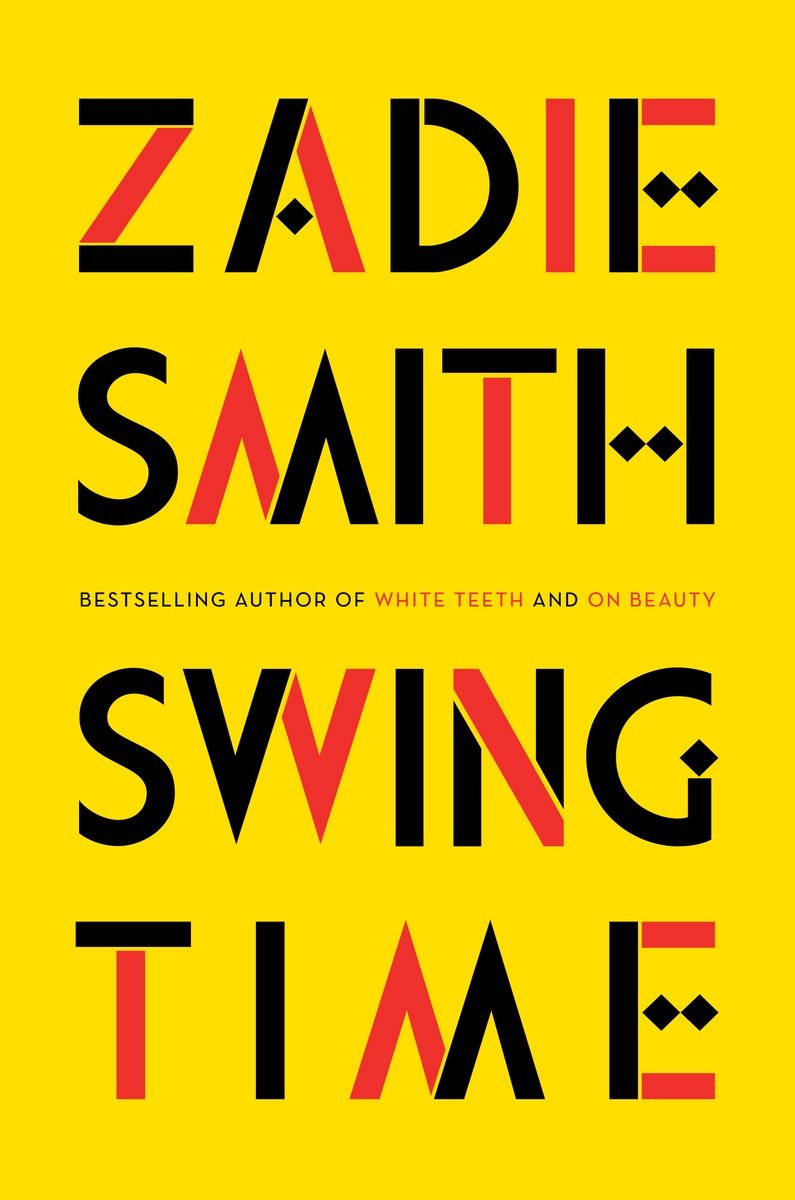
Swing Time
A Novel
کتاب های مرتبط
- اطلاعات
- نقد و بررسی
- دیدگاه کاربران
نقد و بررسی

Starred review from August 1, 2016
At a dance class offered in a local church in London in the early 1980s, two brown girls recognize themselves in one another and become friends. Tracey has a sassy white mum, a black father in prison, and a pink Barbie sports car. The other girl, the narrator of Smith's (NW) powerful and complex novel, remains unnamed. Although she lives in the same public housing as Tracey, she's being raised among books and protests by an intellectual black feminist mother and a demure white father. As with Smith's previous work, the nuances of race relations are both subtle and explicit, not the focus of the book and yet informing every interaction. The girls both love dancing, but this commonality reflects their differences more than their similarities. Whereas Tracey's physical grace is confident and intuitive, the narrator is drawn to something more ephemeral: "a dancer was a man from nowhere, without parents or siblings, without a nation or people, without obligations of any kind, and this was exactly the quality I loved," she thinks. The book tracks the girls as they move in different directions through adolescence and the final, abrupt fissures of their affection; it also follows the narrator into adulthood, where she works for a decade as the personal assistant to a world-famous (white) pop star named Aimee. In this role, she's able to embody what she admired about dancers as a child: she travels constantly, rarely sees her mother, and has lost touch with everyone other than her employer. Once Aimee begins to build a girls' school in an unnamed Muslim West African country, the novel alternates between that world and the London of the girls' youth. In both places, poverty is a daily struggle and the juxtaposition makes for poignant parallels and contrasts. Though some of the later chapters seem unnecessarily protracted, the story is rich and absorbing, especially when it highlights Smith's ever-brilliant perspective on pop culture. Agent: Georgia Garrett, Rogers, Coleridge and White.

A keen, controlled novel about dance and blackness steps onto a stage of cultural land mines.Smith, who wowed the world at 24 with her debut novel, White Teeth (2000), once again crafts quicksilver fiction around intense friendship, race, and class. She opens with a scene of that social media-fueled nightmare: public humiliation. "I'd lost my job, a certain version of my life, my privacy," the unnamed narrator tells us. She was "put on a plane, sent back home, to England, set up with a temporary rental in St. John's Wood." From this three-paragraph prologue, the story jumps abruptly back 24 years to 1982, when the narrator, a "horse-faced seven-year-old," meets Tracey, another brown girl in North West London arriving for dance class. The result is a novel-length current of competition, love, and loathing between them. Tracey has the tap-dancing talent; the narrator's gifts are more subterranean: "elegance attracted me. I liked the way it hid pain." Tracey struggles for a life onstage while the narrator flies aloft, becoming personal assistant to Aimee, an Australian pop star: "I scheduled abortions, hired dog walkers, ordered flowers, wrote Mother's Day cards, applied creams, administered injections, squeezed spots, and wiped very occasional break-up tears." Smith is dazzling in her specificity, evoking predicaments, worldviews, and personalities with a camera-vivid precision. The mothers of the two women cube the complexity of this work, an echo of the four protagonists in Smith's last novel, NW (2012). All their orbits are distorted by Aimee, the Madonna/Angelina Jolie-like celebrity impulsively building a girls' school in West Africa. The novel toggles its short chapters between decades and continents, swinging time and geography. Aimee and her entourage dabble in philanthropy; Tracey and the narrator grope toward adulthood; and Fred Astaire, dancing in blackface in Swing Time, becomes an avatar of complexity presiding over the whole thing. In her acknowledgements, Smith credits an anthropological study, Islam, Youth and Modernity in the Gambia. Its insights flare against a portrait of Aimee, on the other side of the matrix, procuring "a baby as easily as she might order a limited-edition handbag from Japan." Moving, funny, and grave, this novel parses race and global politics with Fred Astaire's or Michael Jackson's grace. COPYRIGHT(1) Kirkus Reviews, ALL RIGHTS RESERVED.

June 1, 2016
This is a story about two women whose friendship ultimately collapses, but because Smith is such a touchstone author, it's about so much more. In North West London, two dark-skinned girls want to do nothing but dance, yet only one has talent. The other, however, has strong ideas on rhythm, black music, how black bodies are treated, and how a cohesive sense of tribe balances with individual freedom. The narrative swerves to West Africa, and the friends part in their twenties, never reconciled yet indelibly shaped by having known each other.
Copyright 2016 Library Journal, LLC Used with permission.

























دیدگاه کاربران